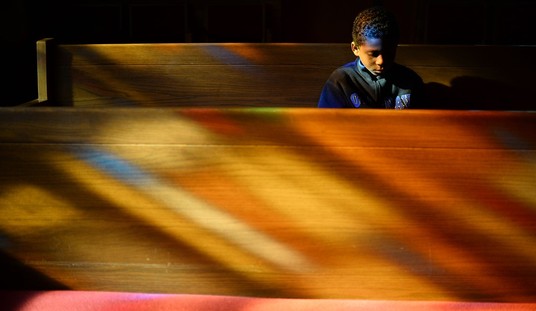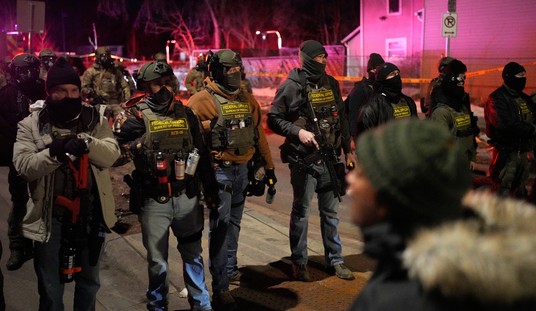Last week Ed wrote about what Iran called an “incident” at its Natanz nuclear site. Iran initially sought to downplay what had happened claiming that an “industrial shed” had been damage by a fire. But by Sunday, Iranian media published a photo taken from one side of the building and finally admitted the damage was to their main centrifuge assembly hall. Here’s the photo released by Iranian media.
Iran declines to disclose cause of fire at Natanz nuclear site https://t.co/YKpOzbVLnz pic.twitter.com/xN4UsxkicI
— Al Jazeera English (@AJEnglish) July 4, 2020
It looks bad but it’s hard to tell how bad from this angle. Initial speculation included the possibility that this was a fire caused by some sort of sabotage inside the facility, possibly a cyber-attack. But satellite images of the site show that the centrifuge assembly hall was almost completely destroyed by an explosion:
Nearly three-quarters of Iran’s main centrifuge assembly hall was destroyed by the recent explosion there, Institute for Science and International Security (ISIS) president David Albright told The Jerusalem Post…
“It is clear that a major explosion took place, destroying nearly three-quarters of the main centrifuge assembly hall, generating a fire that blackened a major portion of the building, the blackening visible where the roof had been blown away by the explosion,” Albright said.
Here’s a before and after comparison:
.@TheGoodISIS issued a report, analyzing satellite images from #Natanz incident saying it has cost Islamic Republic a huge setback in its nuclear activities. "Advanced centrifuges & the only clean room have been ruined…Images consistent with an explosion & fire.
1/2#IranTruth pic.twitter.com/ei60aVpSGU— IranTrue (@iran_true) July 9, 2020
It’s hard to imagine that anything in that building can be salvaged. The big outstanding question is who is responsible for this. A group calling itself “Cheetahs of the Homeland” claimed responsibility last Friday. Who are they? The Iranians say they’ve never heard of them.
The multiple, different claims by a self-described group called the “Cheetahs of the Homeland” included language used by several exiled Iranian opposition organizations. They also focused almost entirely on Iran’s nuclear program, viewed by Israel as a danger to its very existence.
The disparate messages, as well as the fact that Iran experts have never heard of the group before, raised questions about whether Natanz again had faced sabotage by a foreign nation as it had during the Stuxnet computer virus outbreak believed to have been engineered by the U.S. and Israel. Tehran’s reaction so far shows Iranian officials are increasingly taking the possibility seriously.
In a story published Sunday by the NY Times, an unnamed Middle Eastern intelligence official said the attack had come from Israel:
A Middle Eastern intelligence official with knowledge of the episode said Israel was responsible for the attack on the Natanz nuclear complex on Thursday, using a powerful bomb. A member of the Islamic Revolutionary Guards Corps who was briefed on the matter also said an explosive was used.
Both officials spoke on condition of anonymity when discussing sensitive intelligence and operational topics.
Officially, Iran has said it knows who carried out the attack but that it can’t say who it was for security reasons. It’s possible that if the attack did come from Israel Iran is hesitant to admit it (officially) because it makes the regime look weak. After all, if they can’t secure their nuclear enrichment site, what can they secure?
The good news is that this one strike is likely to set back the Iranian nuclear program by at least a year, maybe several. Iran has frequently threatened to spin up the centrifuges if it doesn’t get its way on the nuclear deal, now it can’t build any more centrifuges for a while. The regime can still pose a threat around the world but between the recent spate of incidents like this one, the death of Gen. Soleimani and the pandemic, Iran is looking a lot more vulnerable than it was two years ago.







Join the conversation as a VIP Member